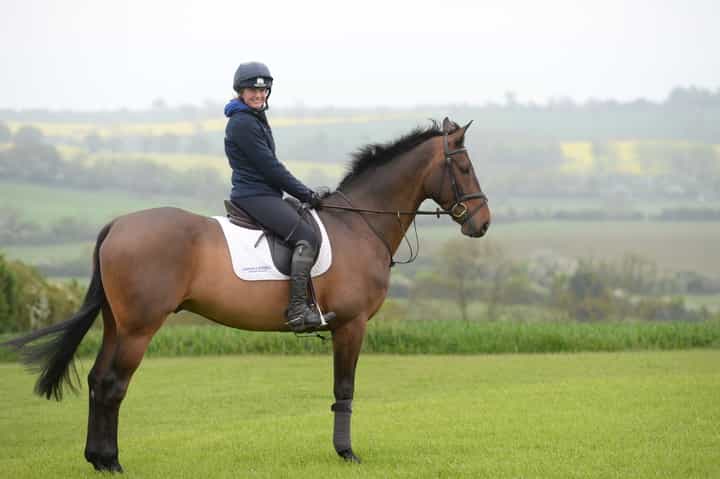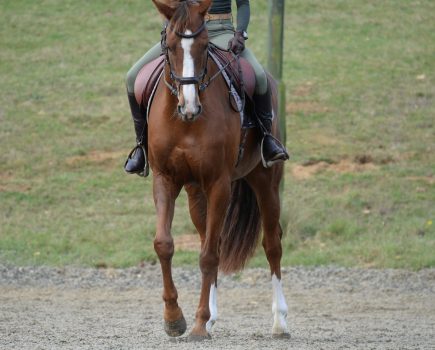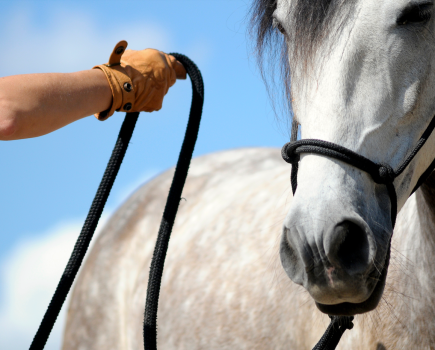Event rider Piggy French reveals why rhythm and balance are vital for everything you do with your horse and how to improve them.
What is rhythm?
Rhythm, the regularity of your horse’s gait, is often confused with tempo, which is the speed at which your horse’s hooves touch the ground.
It’s the defined beat pattern of the pace he’s in that should be maintained through turns, straight lines and transitions.
What does good balance look like?
Balance is linked to rhythm. To help your horse develop balance, ask him to step under the centre of his belly with his hindlegs.
When he does this, he’ll lift his back and start carrying more weight on his hind feet and less weight on his front. Once you achieve this, he’ll become more balanced.
With correct and progressive training, you can develop your horse’s rhythm and balance.
Adjust your horse’s canter over poles
This exercise uses two poles on the floor set out in a straight line on a random distance. You don’t need to stride out a distance as you’re going to vary your horse’s canter stride between the two poles.
This is a great way to teach your horse to shorten and lengthen his canter stride. It also helps you keep your horse between your hand and leg, while still having a good quality canter that will improve his balance too.
How to ride it
- Approach your poles in a good working canter. As you land over the pole, count the number of strides between each pole.
- Repeat this and, once you’re consistently getting the same number of canter strides between the poles, you can start to influence how many you get.
- Ask your horse to move forwards and open his canter up, so you get less strides between the poles. Remember you want a regular canter and even canter stride.
- Now shorten your horse’s canter stride so you get more strides between the poles.
Ride a bounce grid on a curve
This second exercise uses a grid of three bounce fences in a corner of your schooling area. This is a progressive exercise, which starts with just poles on the ground building up to three fences.
This gymnastic exercise helps your horse to develop a powerful and rhythmical canter. It’s also tests your ability to stay in balance over fences.
Building this grid on a curve makes it quite challenging, but it will really help to encourage your horse to bring his hindleg under his body and lighten his forehand.
How to ride it
- Establish your canter rhythm before you ride over the poles on the ground.
- Once you can maintain the quality of the canter over the poles, you can raise one side of each pole.
- When your horse is happily popping through the three jumps, you can put them up to upright fences.
Don’t miss the latest issue of Your Horse Magazine, jam-packed with training and veterinary advice, horse-care tips and the latest equestrian products available on shop shelves, on sale now









